Nice
+airbox
http://img2.auto-motor-und-sport.de/Ren ... 663799.jpg
- Login or Register
No account yet? Sign up

More images from AMUS link aboveRenault Sport F1 wrote:The new regulations that the FIA (Fédération Internationale de l’Automobile) is due to introduce in 2014 will see Formula 1 enter a new era. Motor racing’s premier series is on the threshold of one of the biggest technological changes in its history.
The objective of this metamorphosis is to ensure closer ties between the research and development carried out in F1, the concerns of everyday motorists and the new challenges faced on economic and environmental fronts, without detracting from the quality of the show or the level of competition.
This major technological revolution is a fresh challenge for Renault Sport F1’s experts, who are developing a brand new electrified 1.6 V6 Turbo powerplant (known as a ‘power unit’), which combines a significantly downsized internal combustion engine with an energy recovery system that feeds two electric motors.
The change fits perfectly with Renault’s powertrain strategy, which is founded on:
An unmatched commitment to electric motors,
Ongoing improvements to the efficiency of its internal combustion engines with a view to achieving spectacular fuel consumption and CO2 emissions gains.
Renault will defend its status as motor racing’s technological leader to benefit its range of road cars. The creative thinking and passion for innovation of everyone at Renault will be major assets as it prepares for this new era.
“Renault’s continued involvement in Formula 1 serves to showcase our technological expertise on the racetrack and also contributes to the progress of our road vehicles. In each of these areas that entails delivering the ideal balance between performance, fuel consumption and reliability.
“For more than 35 years, F1 has helped Renault to develop its expertise in fields such as downsizing, friction reduction and cooling. With the new regulations, the use of electrical power stands to take on an increasingly important role in the development of powertrains, and that fits perfectly with Renault’s strategic commitment to electric vehicles.” said Carlos Ghosn (Chairman and CEO, Renault)
WHAT WILL CHANGE
The gauntlet the FIA has thrown down to F1’s engine makers for 2014 is to reduce the quantity of fuel needed for a Grand Prix by almost 40 percent, yet still maintain the same level of performance and power outputs (i.e. around 750 horsepower) as today. This change to the ground rules is poised to spark a major technological metamorphosis and a whole new challenge for the sport’s engine experts.
The discussions that took place to prepare the new regulations led to the choice of a new engine technical definition.
The countdown to 2014 is already well under way as the engineers turn their attention to the development of what is termed a ’power unit’ that combines a downsized turbocharged engine with two electric motors to recover braking and exhaust heat energy.
Downsized internal combustion engine
Switch from a V8 to a V6 architecture
Cubic capacity reduced by one-third from 2.4 to 1.6 litres
Turbocharging (single-stage compressor), plus engine torque capped at 15,000rpm for a power output of approximately 550 horsepower
New ‘Energy Recovery System’ (ERS): kinetic energy (ERS-K) and exhaust heat energy (ERS-H) is recovered by two electric motor-generator units named MGU-H and MGU-K.
THE NEW RESTRICTIONS SPECIFIED BY THE 2014 FIA REGULATIONS
A double-restriction concerning fuel
The amount of fuel that can be used during races has been reduced : the maximum quantity of fuel that may be carried by the car during a race will be reduced to 140 litres. Energy management will become a major factor of race strategies.
Fuel flow reduced : the maximum fuel flow rate will be reduced to 140 litres/hour, making optimisation of every gram of fuel vital for cars to go as fast as possible on a given quantity of fuel.
A double restriction concerning the flow of electrical energy
The amount of energy that can be recovered during each lap has been reduced
The amount of energy that can be restored has also been reduced
Development costs have been limited and the number of engines each driver can use in the course of the season has been further capped: five per driver in 2014, then four per driver from 2015 (compared to eight per driver at the moment). The technologies and materials employed must be similar to those used for production engines.
Energy efficiency, the new aim in F1
This step from a competition that has traditionally placed the emphasis on power with little consideration for fuel consumption to a new era focused on energy efficiency and reduced fuel consumption (for the same level of performance) is a real revolution for the world of F1.
As a pioneer of engine downsizing as long ago as the 1980s, Renault benefits from an extensive understanding of the turbocharged V6 architecture. Meanwhile, thanks to the electric vehicle programme it instigated in 2009, Renault also enjoys an edge in the field of electric motor technology. These are two indisputable trump cards as it prepares for the switch from normally-aspirated V8s to electrified V6 turbocharged power units.

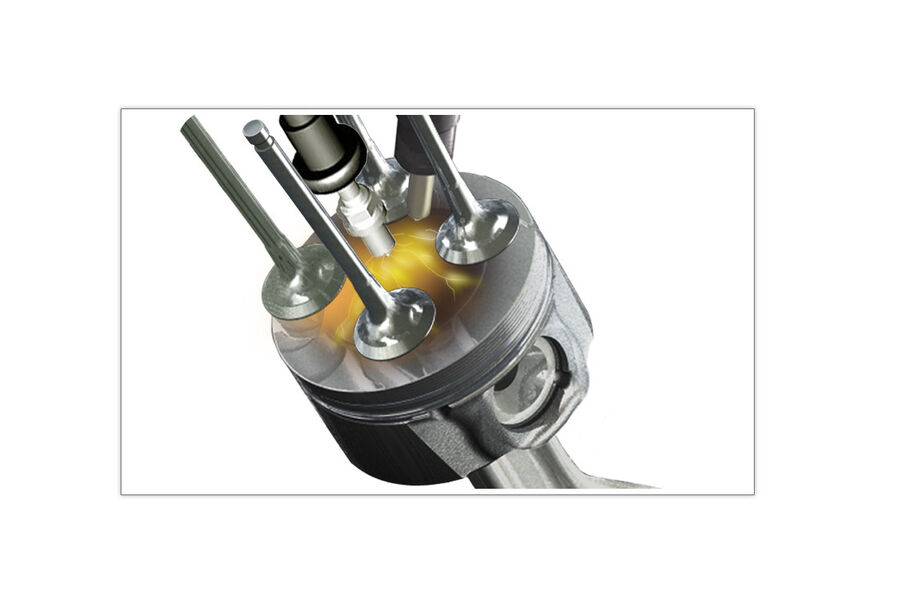

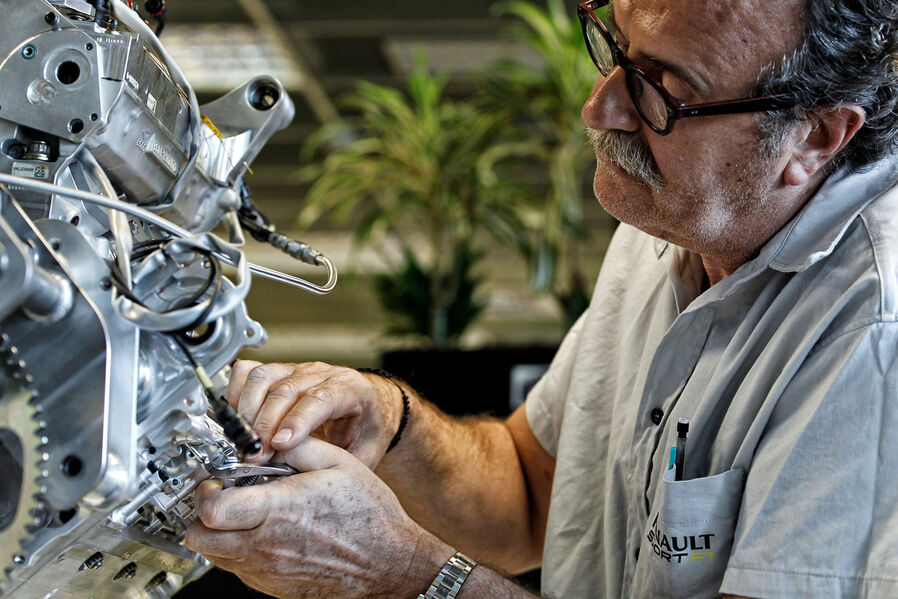
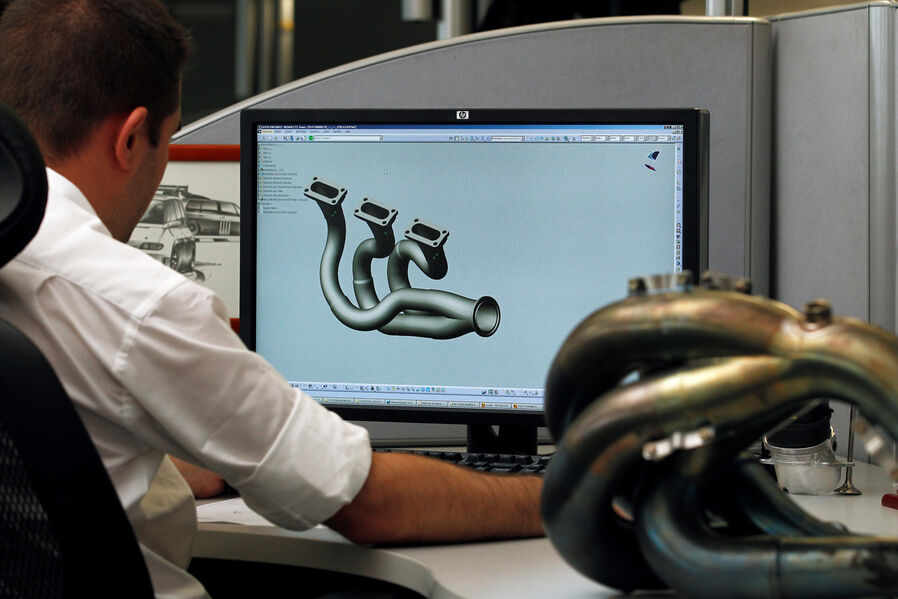
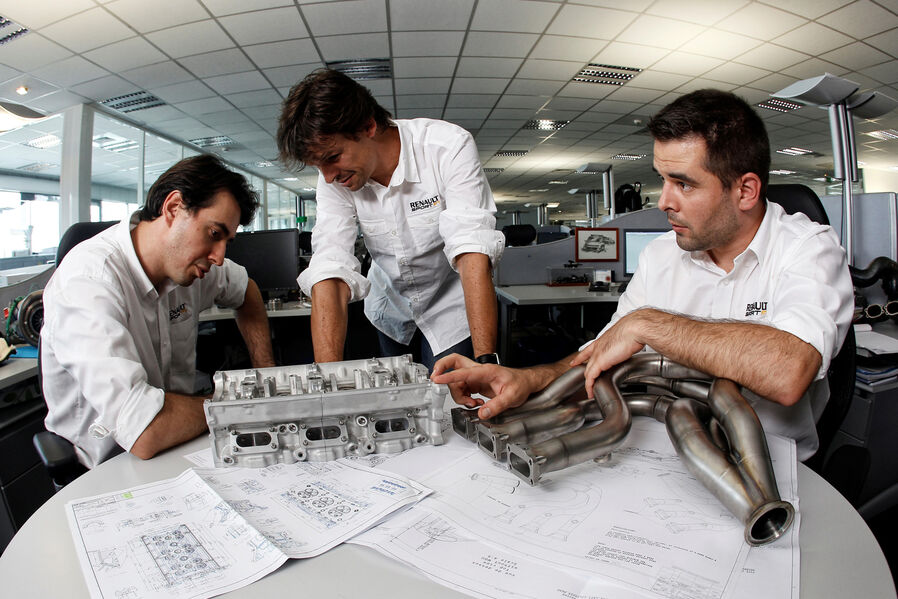

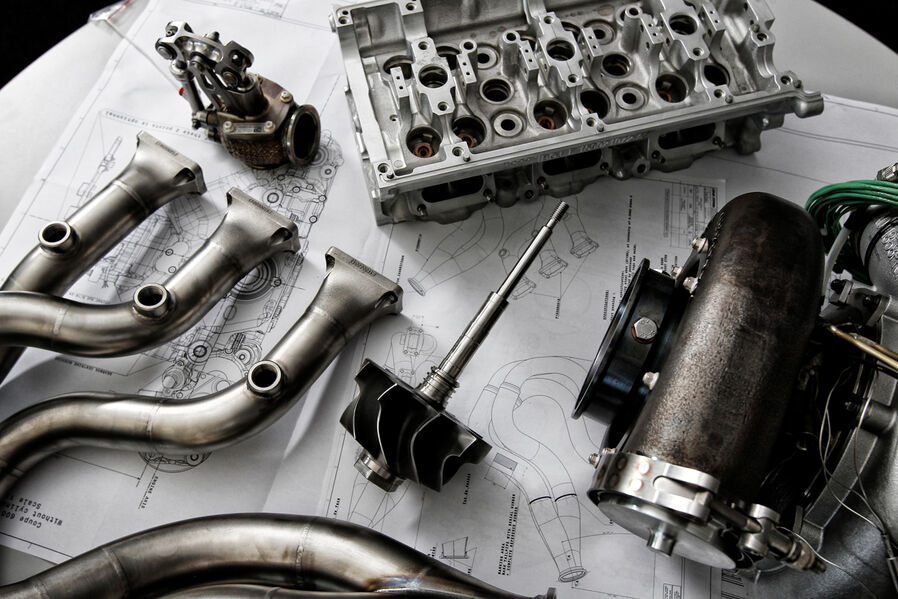
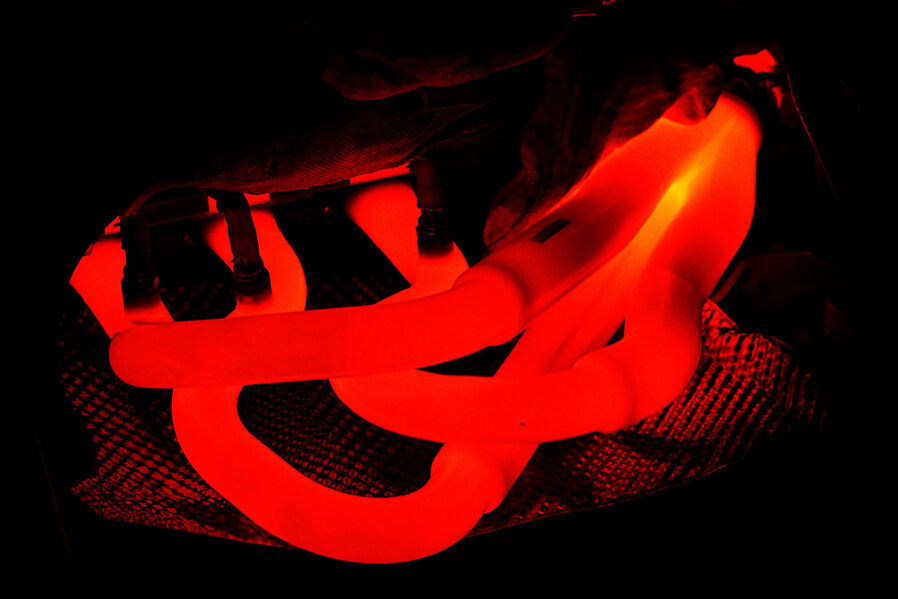
i dont know but hexogonal exaust use bikers and riders what i find on internet. Benefit is weight savings and deeper and sportier sound, but that is not only advantage. Real advantage is major boost in performance, your engine power and its torque at practically every rpm. But how much bikers and f1 have together i dont know.Holm86 wrote:Whats the point of the hexagonal exhaust outlet?

The MGUH is indeed shown in the V but I doubt that is a realistic representation. The turbiner is twin scroll as expected.Blackout wrote:So they will place the Ters inside the V
I believe it is 550 from the engine itself, 750 total with the electric add-ons from kers,tersRicerDude wrote:550BHP??? I thought the power output was staying at 750?
How would it save weight or increase performance since hexagonal tube of the same perimeter as the circular one has smaller crossection area?Neno wrote:i dont know but hexogonal exaust use bikers and riders what i find on internet. Benefit is weight savings and deeper and sportier sound, but that is not only advantage. Real advantage is major boost in performance, your engine power and its torque at practically every rpm. But how much bikers and f1 have together i dont know.
you asking me, i have no idea. typed in google "hexongonal exaus"t, and searched pages who shows characteristic of this type of exaust. i only procceded some infos here.piast9 wrote:How would it save weight or increase performance since hexagonal tube of the same perimeter as the circular one has smaller crossection area?Neno wrote:i dont know but hexogonal exaust use bikers and riders what i find on internet. Benefit is weight savings and deeper and sportier sound, but that is not only advantage. Real advantage is major boost in performance, your engine power and its torque at practically every rpm. But how much bikers and f1 have together i dont know.
the AMUS authors wrote approx. 600 bhp for the renault engine and over 750 bhp for the powertrainlangwadt wrote:I believe it is 550 from the engine itself, 750 total with the electric add-ons from kers,tersRicerDude wrote:550BHP??? I thought the power output was staying at 750?
Renault specifies its engine to weigh approximately 155kg (compared to 95kg of current engines) and producing around 600hp for the internal combustion and 160hp from the new energy recovery systems.
Yeah it's interesting how the -I'll call that 'airbox'- is shaped.pgfpro wrote:It also shows a strange looking compressor like cover that is unknown.
